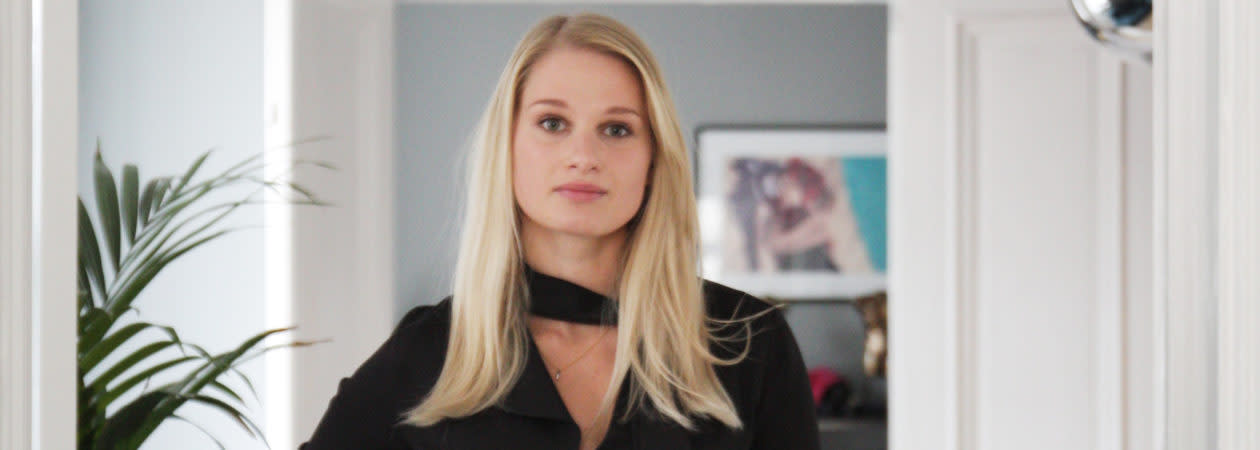How forward-looking can a market be?


How forward-looking must a market be to justify a price to earnings ratio (P/E) of 114 for a company that has not grown significantly in several years? This is a question I have asked myself more than once when I have recently looked at Sweden's finest company - H&M.
How forward-looking must a market be to justify a price to earnings ratio (P / E) of 114 for a company that has not grown significantly in several years? This is a question I have asked myself more than once when I have recently looked at Sweden's finest company - H&M.
Bull & Bear-Certificates
H&M does not really fit into the template of a growth company, where higher multiples could be motivated by sales or even profits growing by at least 20-30-40 percent annually. There is thus a kind of expectation that the company will sooner or later grow into its valuation. H&M's motivation for a P / E multiple of 114 seems to be "it's a nice company" and "they hand out money" despite the fact that profits in recent years - even long before the pandemic paralyzed the world - have fallen.
To say that a company is too expensive is dangerous today. It can always be more expensive, and then there are many who are quick to say that the analysis was wrong, even if the company continues to report falling profits, just because the stock price goes up.

Note: Past performance is no reliable indicator of future results.
The truth is that the result or consequence of your trade does not say much about how skilled you are as an investor in the short term. What matters more is the process over longer periods. Is it part of your process to buy shares in companies with falling profits and scarce growth to triple-digit multiples? Top, continue with it in that case and evaluate after 10-15 years how it has gone.
The problem for H&M is not expected to turn around soon either. In recent years, investors have been forced to look ahead in their analyses of the company when sales stopped and profits fell, only because sales are moving online, it was said. And of course it has increased, but profits are still falling. After that, it was the shadow of the pandemic and the closure of stores that explained that it was important that we looked ahead rather than analyze the current situation, something I can also understand, although I do not agree that it must mean that a profit multiple should be on 114.
When H&M last March reported for the first quarter of 2021, the reception was mixed. With more problems around the corner than just the currently looming pandemic, more and more people seem to be unsure when it will turn around for H&M for real. In addition to the fact that sales in the last years before the pandemic have not grown significantly, the company has also been plagued with problems with excessive inventories, declining gross margins and an environment that requires all major organizations to take responsibility for everyone working somewhere in the production chain to be paid better. . In the end, it becomes an equation that does not go together, and it is impossible for H&M to both assist with fairer working conditions and increase margins at the same time, unless the end customer has to pay higher prices.
However, that does not mean that they do not try. Namely, H&M is now facing another problem that will be visible in the sales figures. China, one of H&M's largest markets, has called on its population to boycott the Swedish clothing giant, and property owners have forced H&M to close down stores, in response to H&M no longer wanting to buy cotton that has been produced in labor camps in China. What effects it will have on both margins and sales in the coming months remains to be seen, however, strong growth compared with the years before the pandemic will take some time before we see.
Bull & Bear-Certificates
This information is in the sole responsibility of the guest author and does not necessarily represent the opinion of Bank Vontobel Europe AG or any other company of the Vontobel Group. The further development of the index or a company as well as its share price depends on a large number of company-, group- and sector-specific as well as economic factors. When forming his investment decision, each investor must take into account the risk of price losses. Please note that investing in these products will not generate ongoing income.
The products are not capital protected, in the worst case a total loss of the invested capital is possible. In the event of insolvency of the issuer and the guarantor, the investor bears the risk of a total loss of his investment. In any case, investors should note that past performance and / or analysts' opinions are no adequate indicator of future performance. The performance of the underlyings depends on a variety of economic, entrepreneurial and political factors that should be taken into account in the formation of a market expectation.